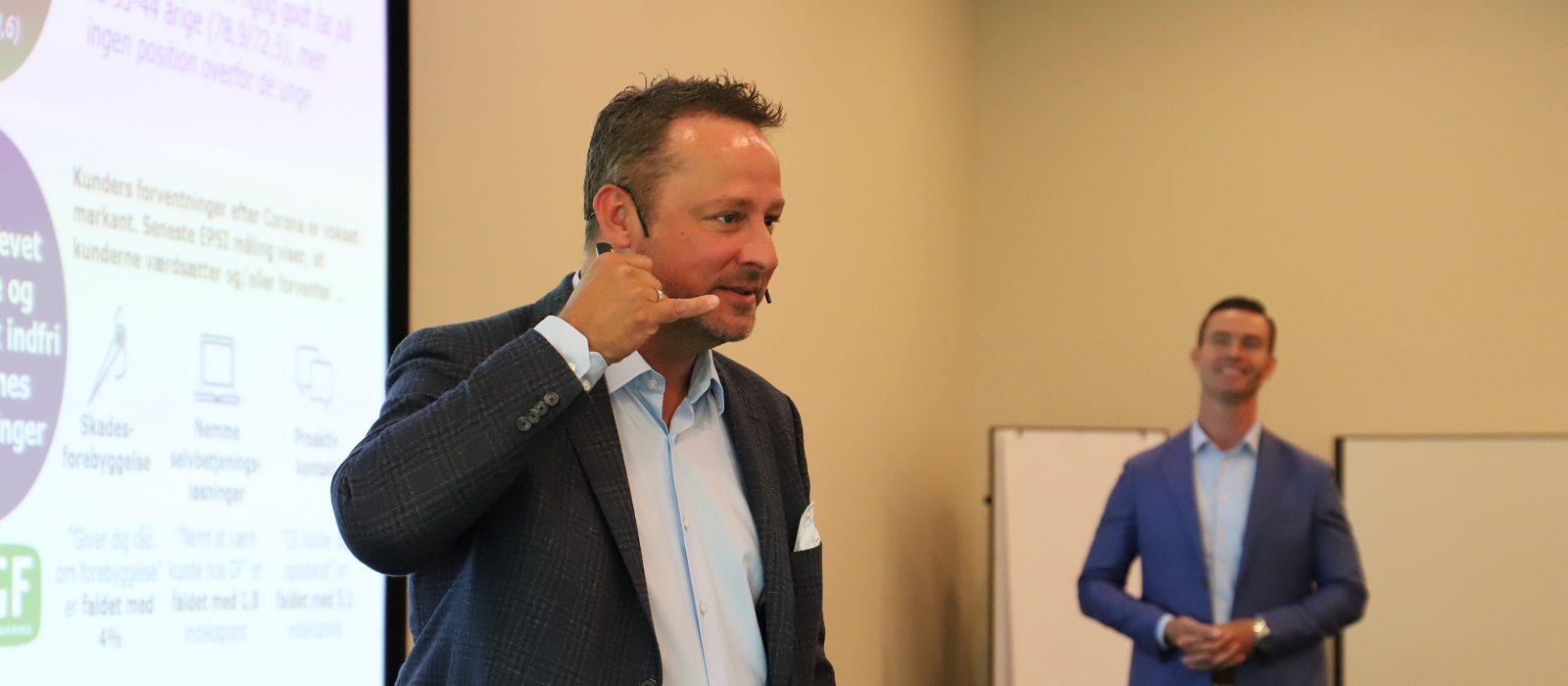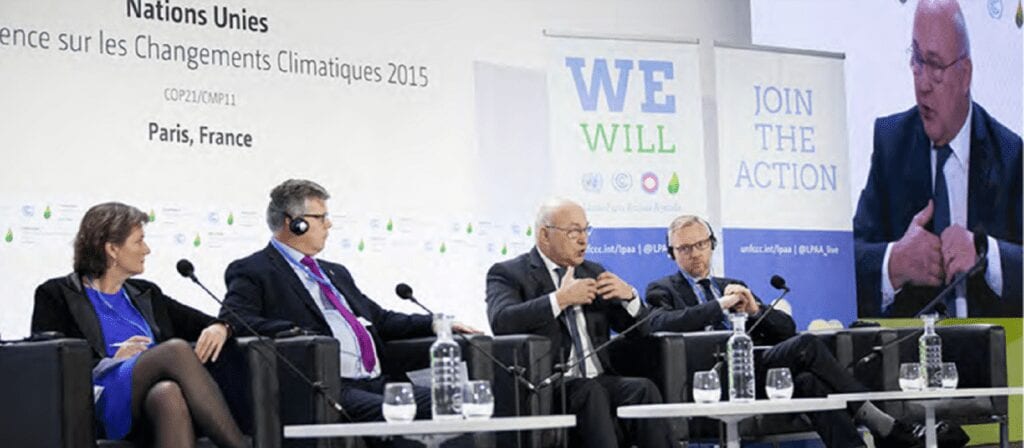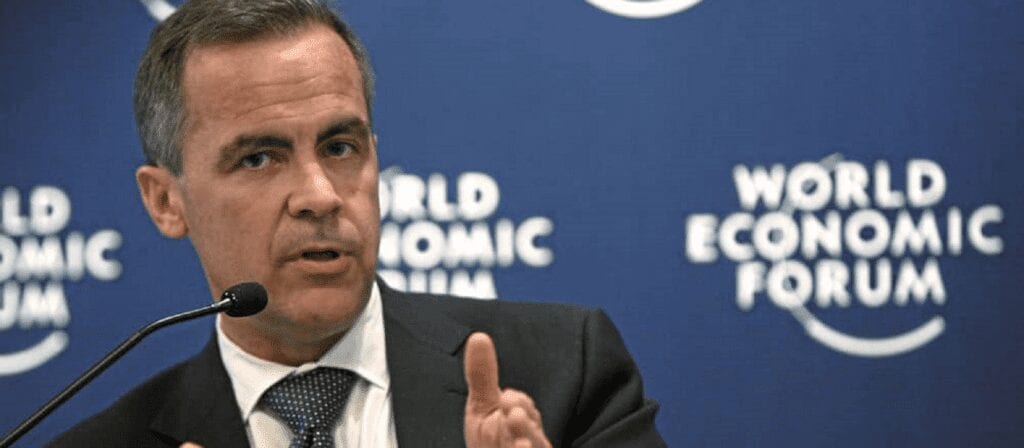Time for “climate change sceptics” is running out. Just like the ice caps, uncertainty about the business case for building an insurance industry that meets environmental demands, is melting fast.
Within just a few days early in June, the political world indicated its commitment to move the fossil fuel debate from the sidelines to centre stage: first, the Norwegian parliament announced huge divestments from coal companies; then the G7 pledged to phase out fossil fuels by the end of the century. It’s not just the politicians: even science and religion are united on this topic. In a vociferous statement published 18 June, Pope Francis cited scientific evidence of climate change, pointing an accusing finger at virtually all segments of society, and called for a “cultural revolution”. Bold moves such as these clearly indicate the widespread determination to bring about fast and vigorous action against climate change.
Following this fast, vigorous action, an equally fast and vigorous reaction will inevitably impact on our financial systems and give rise to new risk considerations for the insurance industry. Although risk is typically considered within the context of underwriting and risk management, there are also implications for investments. The insurance industry may well have a proven track record in asset management, but it has been much more reticent about the way in which the understanding of risk can inform the selection of investment vehicles.
Reapplying Newton’s third law, as demand for fossil fuels drops, and more institutional investors (or as in the case of Norway, whole countries) turn their backs on fossil fuels, so demand for renewables and alternatives will increase and investors will seek substitute assets. True enough, assets labelled as “green” haven’t always been well received by insurers and investors; however, when we think about these assets in terms of the lower pure risk profile that they present, in addition to lower speculative risk (especially reputation and regulatory change), they stand out as a smart choice for smart investors who understand how risk dynamics apply to asset management.
Interest in smart risk investing is moving apace, spreading across the globe, and being harnessed in an industry-wide project which will define, measure and stimulate more “smart risk investing” throughout the world of insurance.
Smart risk investing is a concept that addresses the immediate and urgent risk factors of climate change, but also social risk, it anticipates the risks of related regulatory change and political change, and through this mechanism, it addresses the need to continue maximising investment returns.
In brief, smart risk investing focuses on the application of risk expertise in asset selection; this marks out the concept clearly from others that have preceded it and also emphasises its relevance to the insurance industry.
This year marks the launch of the smart risk investing project, designed by the insurance industry – with support from science, finance, politics and civil society – for the insurance industry. It is being coordinated and promoted by the insurance industry’s main global associations, the International Cooperative and Mutual Insurance Federation (ICMIF), the largest representative body of the cooperative/mutual insurance sector, and the International Insurance Society (IIS), representing the shareholder-owned sector, and supported by the Willis Group, the global risk management and (re)insurance broker.
Furthermore, it is under the watchful – and hopeful – eye of the United Nations, up to and including Ban Ki-moon, the UN Secretary General, a strong proponent of the insurance industry’s efforts and keynote speaker at the recent UN Insurance Sector Summit in New York, 17 June.
The smart risk investing initiative also complements the announcement by the UNEP-FI’s Principles for Sustainable Insurance of June 17th, that insurers with assets totalling USD 14 trillion have confirmed their commitment to supporting sustainable development.
Shaun Tarbuck, Chief Executive of ICMIF, says of the organisation’s members: “Cooperative and mutual insurers are hallmarked by values that reflect sustainability objectives: protection of individuals, support of the communities in which they live, and development of an environment in which they can thrive. Many of them are already demonstrating leadership in addressing the challenges associated with climate and socio-economic change. ICMIF is a founding supporting institution of the United Nations Environment Program – Finance Initiative (UNEP-FI)’s Principles for Sustainable Insurance, to help move our industry towards a more sustainable future, and 2015 is a crucial year for building resilience, reducing disaster risk and moving our industry forwards in the fight against climate change.”
The political urgency for insurers to acknowledge and respond responsibly to climate change has never been so meaningful as it has during this first half of 2015. The second half of the year promises to continue placing new markers in the shifting sand for the insurance industry. It will culminate with UN Climate Change Summit, or COP21, in Paris in December. At this event, we will see an insurance industry that looks very different to the one of 12 months before.
It is a rapid and remarkable transformation. It is a transformation that reinforces the importance of the insurance industry’s risk expertise. It is a transformation that confirms the insurance industry’s capability and commitment to managing the risks associated with climate change for better business and a better future.
This blog was originally published by Insurance Day in a special feature on climate (22 June 2015)






